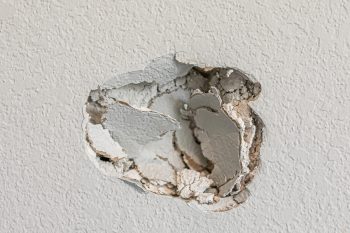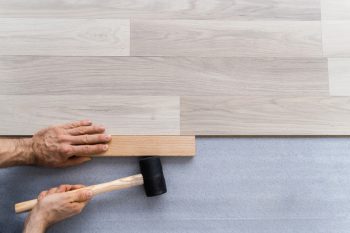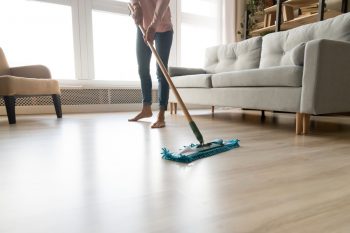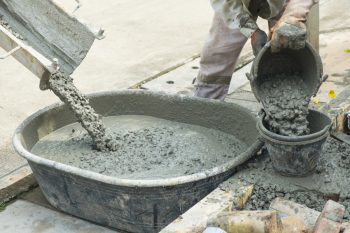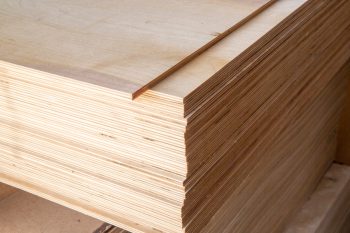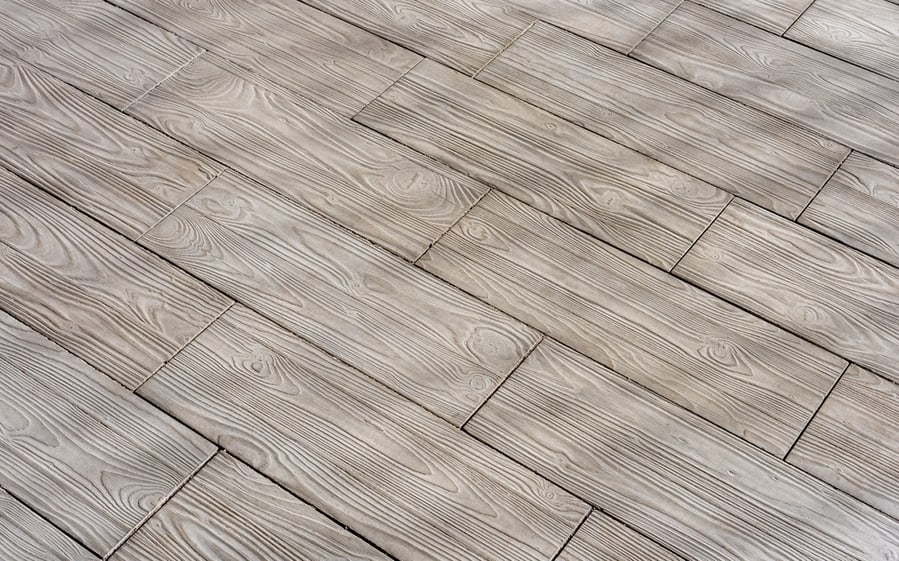
Creaking floors are annoying and can drive you nuts, especially if your apartment has high foot traffic and the noise keeps disturbing your sleep.
Squeaky floors are typical for old wood floors as floorboards can become loose with time when the wood flooring dries and shrinks.
Walking on the floor causes squeaks because the wood will rub against each other or glide against floor joists or nail shafts.
To fix the creaks in your home, you must first identify the squeaky areas and establish the reason for the creaking. In severe cases of creaking, you may have to enlist the services of a flooring expert, but you can fix minor squeaks in minutes.
Squeaky floors can be a result of various factors. Before you can try to fix the issue, you must first establish the root cause of the problem.
Some reasons for noisy floors might be inadequately fitted nails, bad underlay installation, a gap between the underside of the subfloor and the top of the floor joist, or excessive moisture.
Here are some ways that you can use to fix creaking floors:
- Tighten the subfloors
- Use liquid adhesive
- Install wood planks
- Install soundproof floor underlayment
- Dust with powdered Graphite/ talcum powder
In this article, we’ll discuss common causes of squeaky floors and then provide tips to remedy the situation and bring back peace in your apartment.
Causes of Creaking Floors
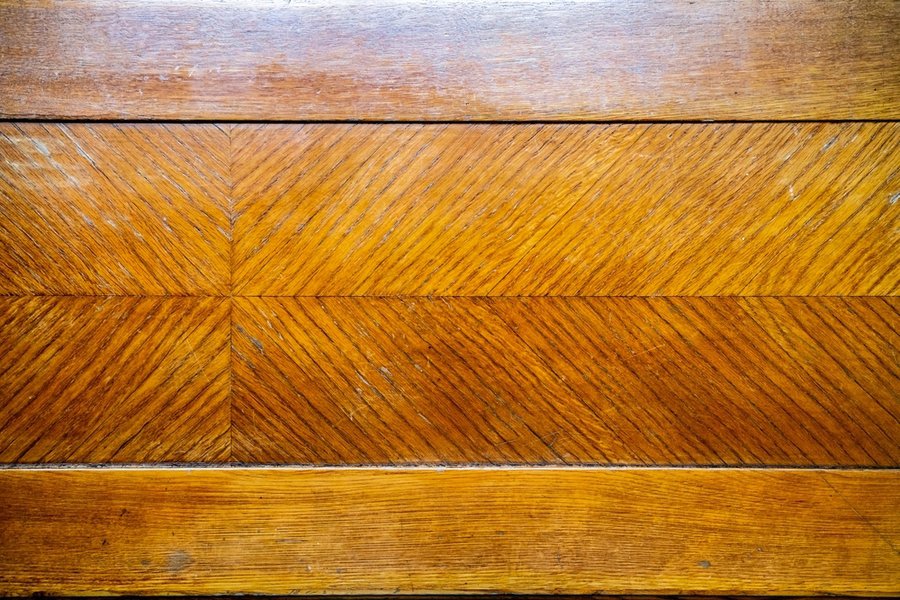
Some of the common causes of creaking floors include:
1. Sloppy Workmanship During Installation
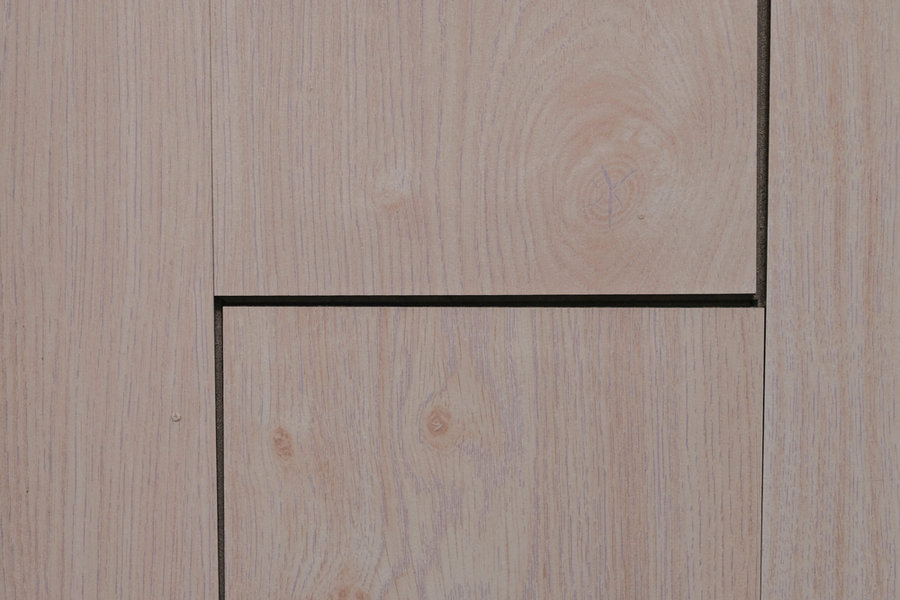
Sometimes squeaky floors are a result of sloppy installation. For instance, the installers may not have given the wood time to acclimatize before installing it.
Failure to acclimate the wood results in excessive expansion and contraction of the flooring boards, hence rubbing against each other.
Additionally, the installers may have used the wrong nails or screws when securing the floor to the joist or fitted the nails inadequately. This makes the floorboards move when you apply pressure, causing noise.
2. Excessive Moisture and Temperature Changes
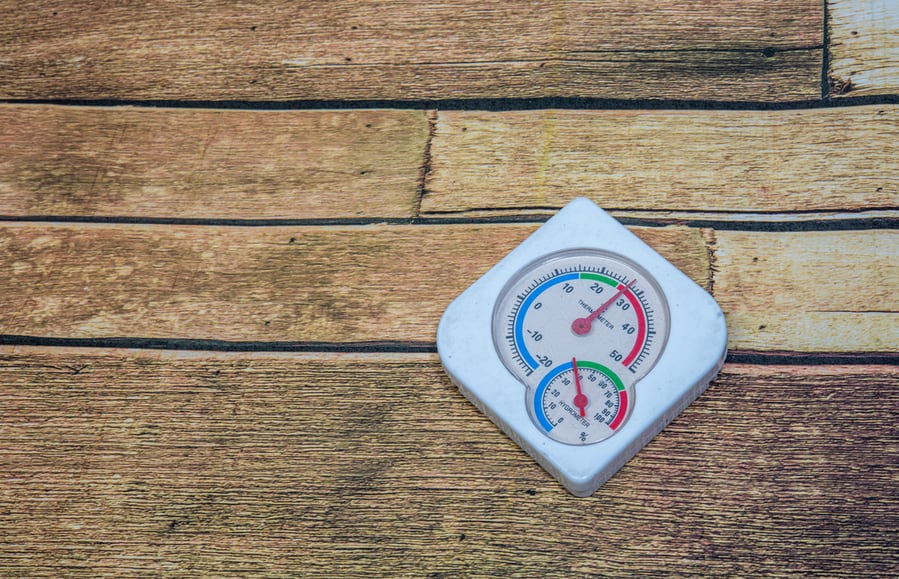
While your floors might have water-resistant properties, excessive moisture can still sip through the wood grains, causing them to expand. Contrarily, when floors dry, they contract.
Equally, during cold months, the floors will contract and expand during the warmer months.
This expansion and contraction of your floors can cause the flooring to become loose from the subfloor.
Also, gaps tend to develop between the flooring boards as a result.
When you walk on the floors, the boards will rub against each other, causing a creaking sound.
3. Issues With the Subfloor
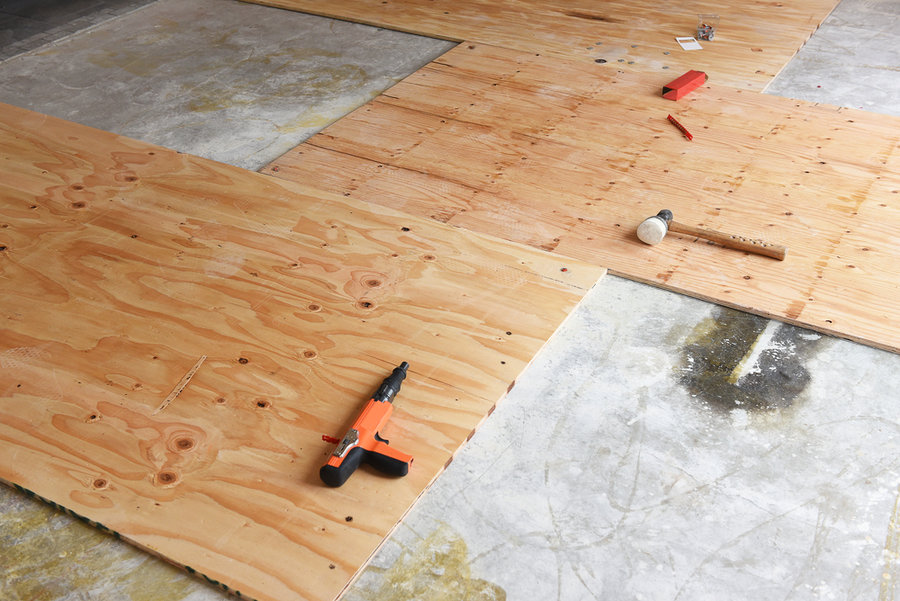
The subfloor is the foundation for your flooring. It is usually made of particle boards, plywood, wood boards, or OSB boards. The subfloor is laid over floor joists for support.
Creaking floors may result if the floor joist that supports the subfloor is uneven, providing uneven support for the subfloors.
With time, the uneven parts of the subfloor will try to return to a level position causing a gap to develop and the nails holding the floors to be slightly pulled loose.
When you step on such spots, a squeaking noise will be produced because of the nail’s movement.
Other issues, such as cracked, damaged, or unblocked floor joints, contribute to floor creaking.
Ways To Stop Creaking Floors in an Apartment
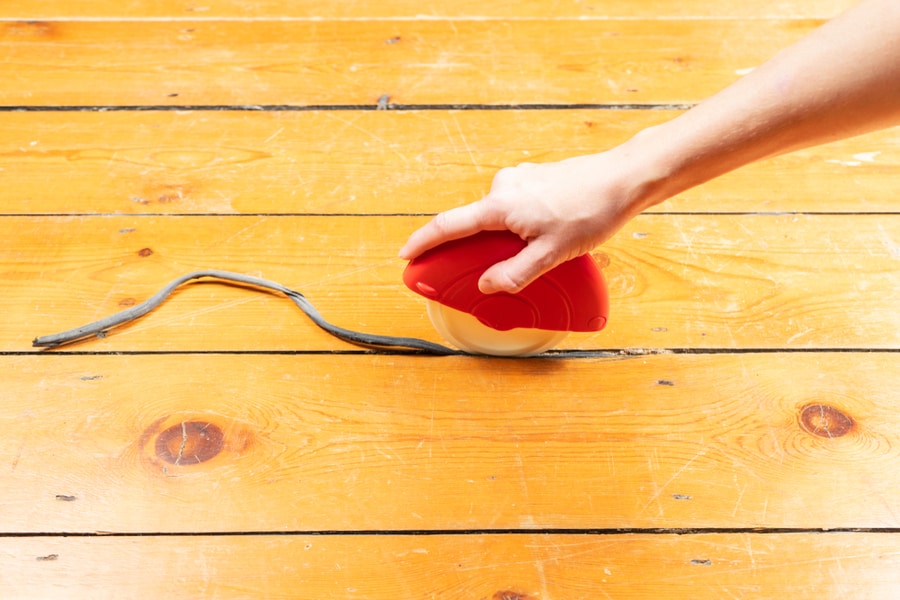
Creaking floors are more than just a minor irritant. While you might have the disposition to make complete changes to the floors, it isn’t easy to do that when living in a rented apartment.
This can be because of contract terms, or you might also have reservations about spending a good coin on a property that is not yours.
It is, therefore, essential to know some cost-efficient tips you can use to fix creaking floors.
Before fixing creaking floors, you must first identify the exact spots producing the squeaking sounds.
For certainty, you’ll need to have someone else helping you. Have the other person walk around the apartment in heavy footsteps as you mark the squeaky spots with chalk or duct tape as you identify the squeaks on the same floor and those on a different level.
Afterward, examine whether the noise comes from the floor’s deeper parts or the floorboards.
Unfortunately, you may have limited options for fixing the squeaking if the noise comes from a neighboring apartment upstairs.
1. Tighten the Subfloors

One of the main causes of squeaky floors is a loose connection between the floorboards and the subfloor.
A loose connection can result from using the wrong nails or screws or improper application of floor adhesive during installation.
Also, uneven floor joists can result in an open floor and subfloor connection.
To tighten the subfloors to the floor, you can fix short screws that can hold the subfloor and the floor together. Be careful when tightening the screws to ensure they are held together without exposing the ends on the floor.
Also, look out for loose nails causing the squeaking and replace them.
2. Use Liquid Adhesive
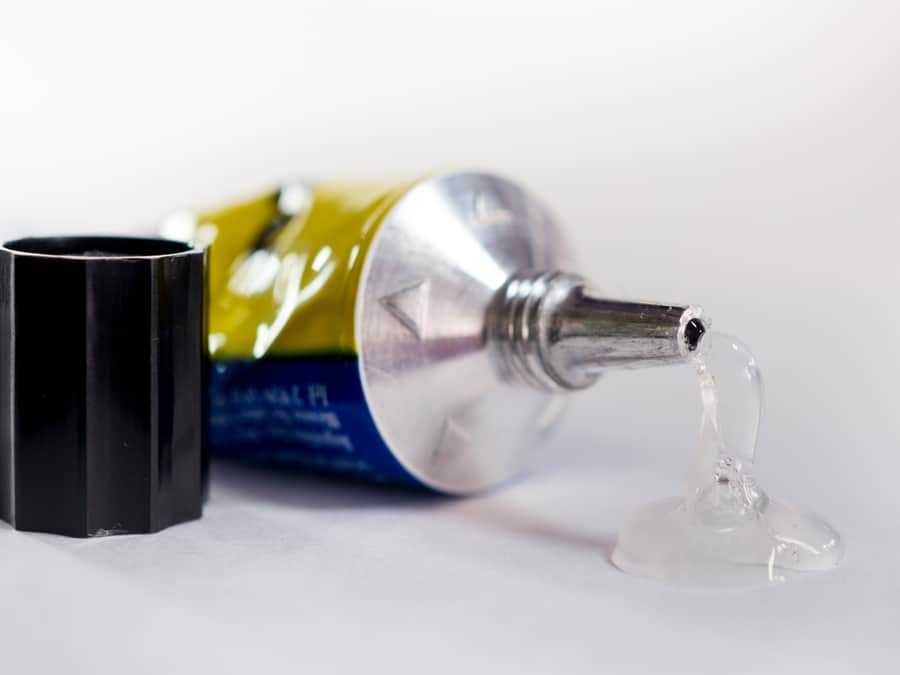
This technique is mostly applicable when the noise comes from small gaps in the floorboards.
You can seal the gaps using a liquid adhesive, which should instantly stop the creaking after the adhesive sets in.
3. Install Wood Planks
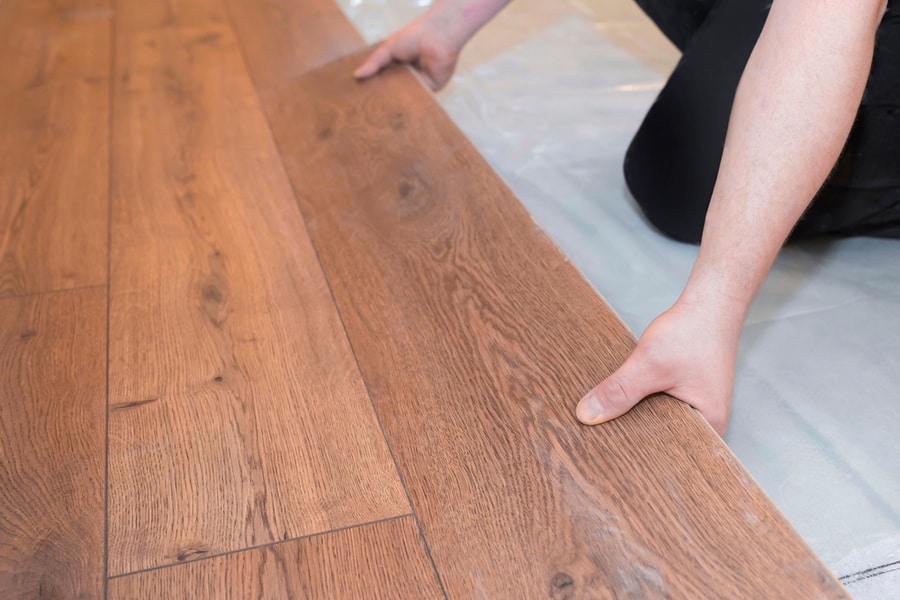
Creaking noise can occur when there’s a gap between the floor joist and the underside of the subfloor. The nail makes a squeaking sound as the subfloor slips in and out of the joist when there’s movement on the floor.
If you have access to the space underneath the floor, the easiest way to fix the squeaking is by inserting small blocks of wood in the spaces.
The wood blocks will support the subfloor, killing the noise. However, ensuring that the planks are reasonably sized is vital to avoid forming unsightly bumps on your flooring.
Also, if you realize a floor joist is damaged, you can install a long plank of wood alongside the damaged joist to replace it.
Please insert the new plank at a raised position so that it reaches the underside of the subfloor to provide support.
4. Install Sound Proof Floor Underlayment
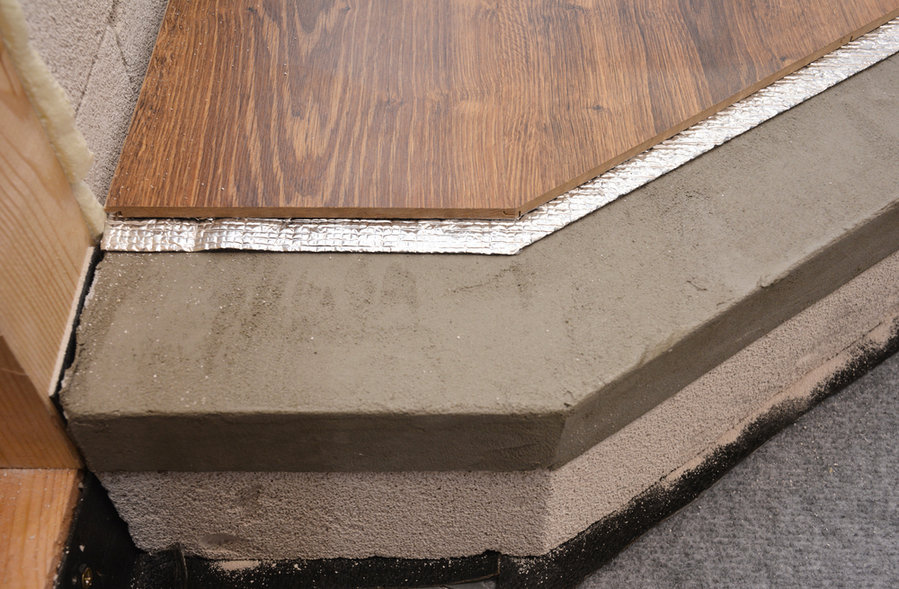
This is the most long-lasting and most efficient of fixing noisy floors. It involves adding a layer of soundproof underlayment below the floorboards.
The new installation enhances stability and softens the floors, ensuring no friction between the flooring elements, which can cause creaking sounds.
However, this method is costly and labor-intensive, and it is best to engage a flooring expert.
5. Dust With Talcum Powder/ Powdered Graphite

Another simple technique for fixing noisy floors is right in your vanity. Talcum powder is a quick fix for squeaky floors as it lubricates your floors, preventing friction between the floor boards, sub-floors, and floor joists.
To apply talcum powder, use a dry paintbrush or your fingers to get the powder into the gaps between the floorboards.
Alternatively, you can use powdered graphite since it works equally as well as talcum powder.
However, this temporary solution may need reapplication as soon as the noise returns.
6. Replacing Floorboards
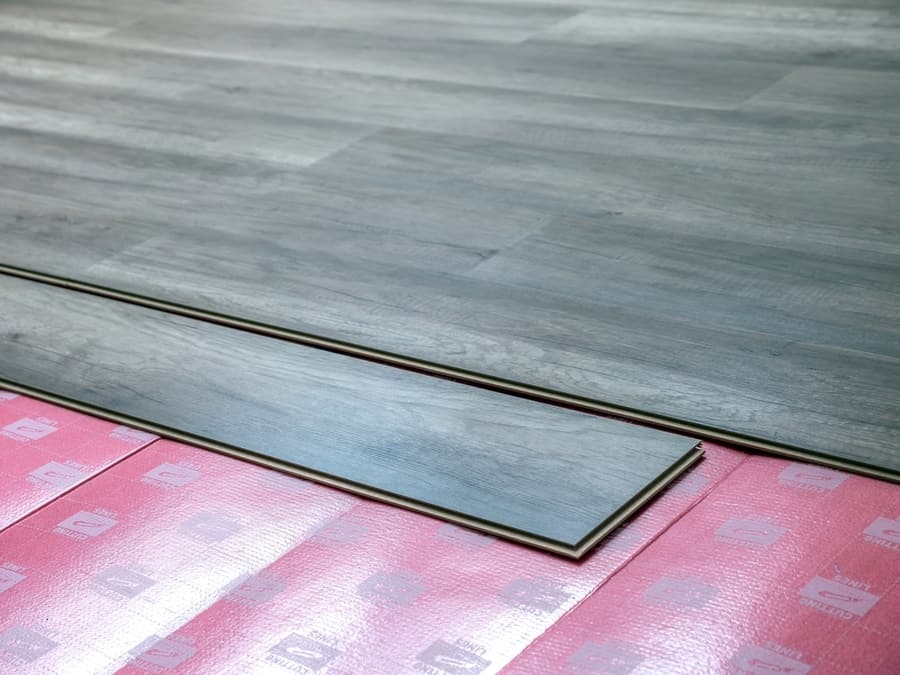
Go big or go home with this final solution for squeaking floors. If you establish that the squeaky floors result from poor quality during installation or water damage, you can decide to have the entire floors redone.
However, this is a cost-intensive solution, and you consider it before going forward. Depending on the lease contract, you can also deal with your landlord on how to cost share on such a project.
Summary
Nothing is as vital as having a quiet apartment where you can sleep through the night without being interrupted by your kids sneaking to the fridge to grab a snack.
While the noise is unsettling, it helps to know that creaking floors are not a sign that the building might collapse.
They indicate that there could be an issue with the subfloors or that there could have been poor quality during the floor installation.
You can use the solutions in this article to resolve the noisy floor problem.
Frequently Asked Questions
Should Squeaking Floors Worry You?
While squeaking floors are annoying, they are not a sign of structural damage or the building being at risk of collapse.
Instead, they are merely due to poor quality during installation, temperature and humidity changes, and loose connection between the floorboards and the subfloor.
Is Fixing Noisy Floors the Landlord’s Responsibility?
Not necessarily. The law requires that landlords keep their rental properties in a hospitable condition. However, since squeaky floors do not make an apartment inhospitable, the landlord is not obligated to fix them.
However, most landlords change their flooring every five years to keep the property in good shape.
What Causes Floors To Creak When There’s Movement?
The common cause for squeaky floors is open floor and sub-floor boards. When you walk on the floor, the loose boards move and rub against each other or the floor joist and fixing nails.
The impact of the rubbing creates a creaking sound.
